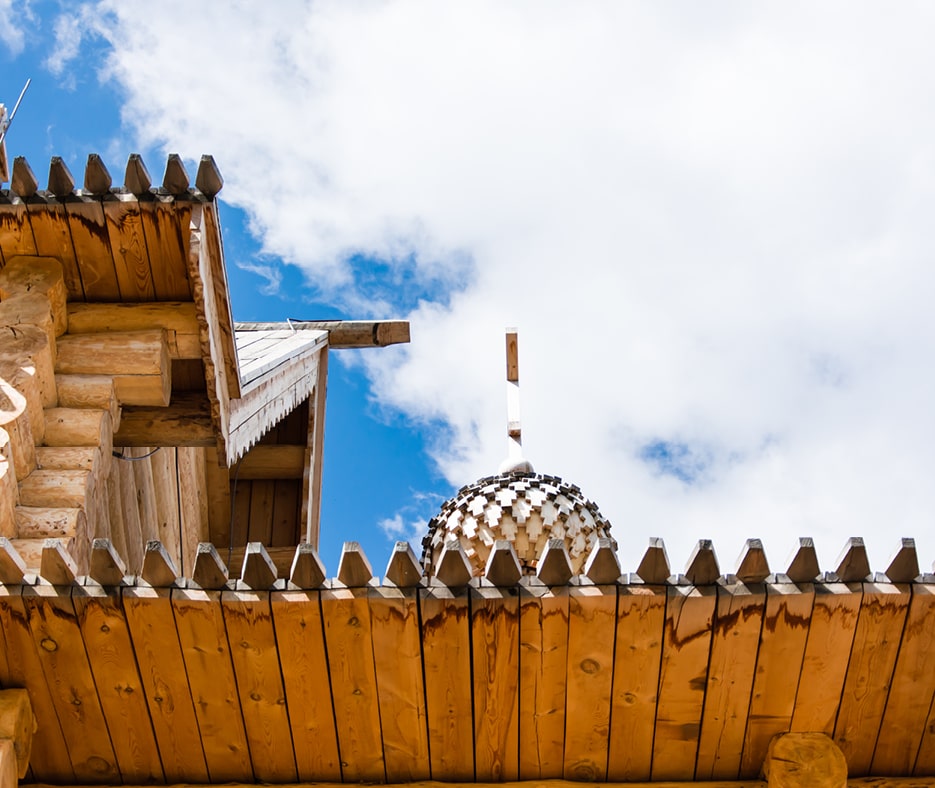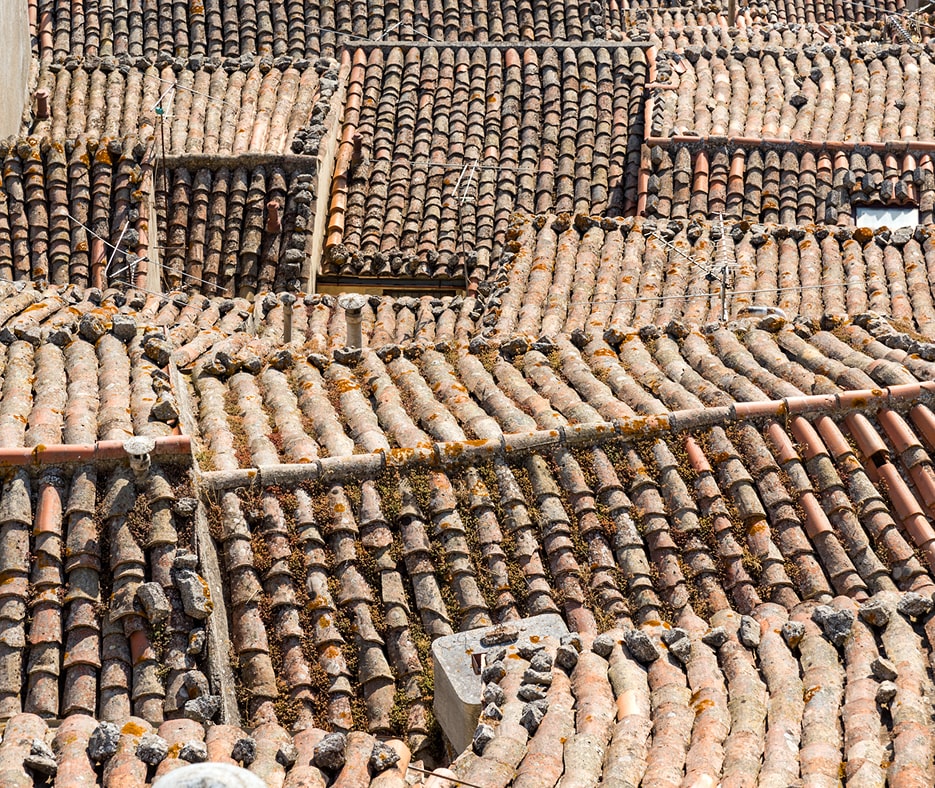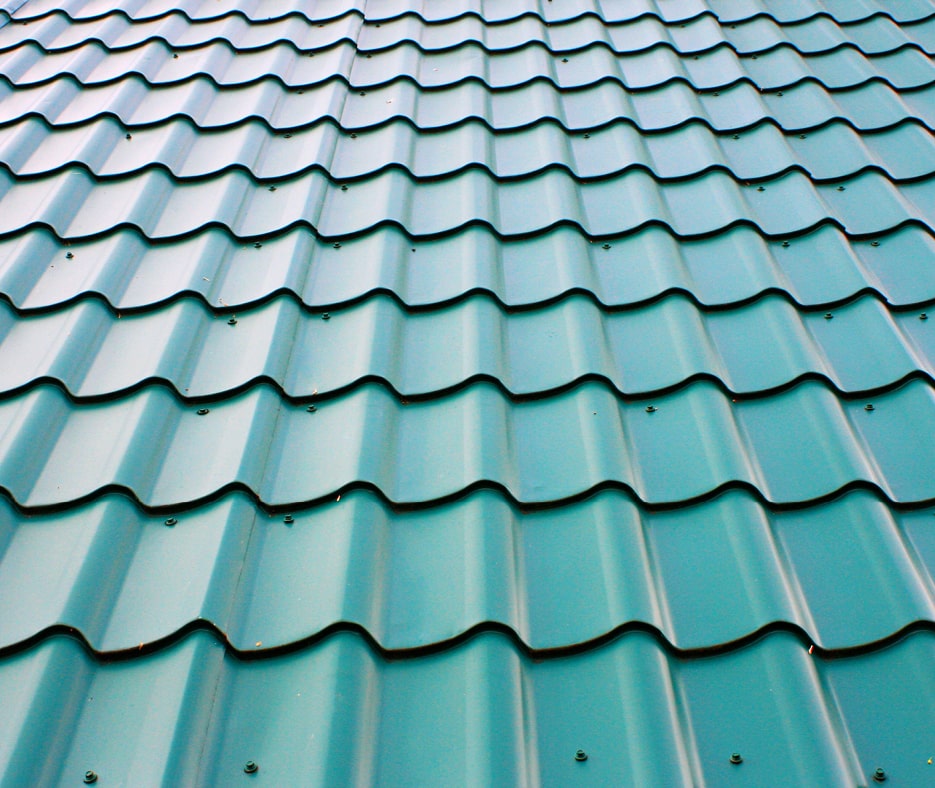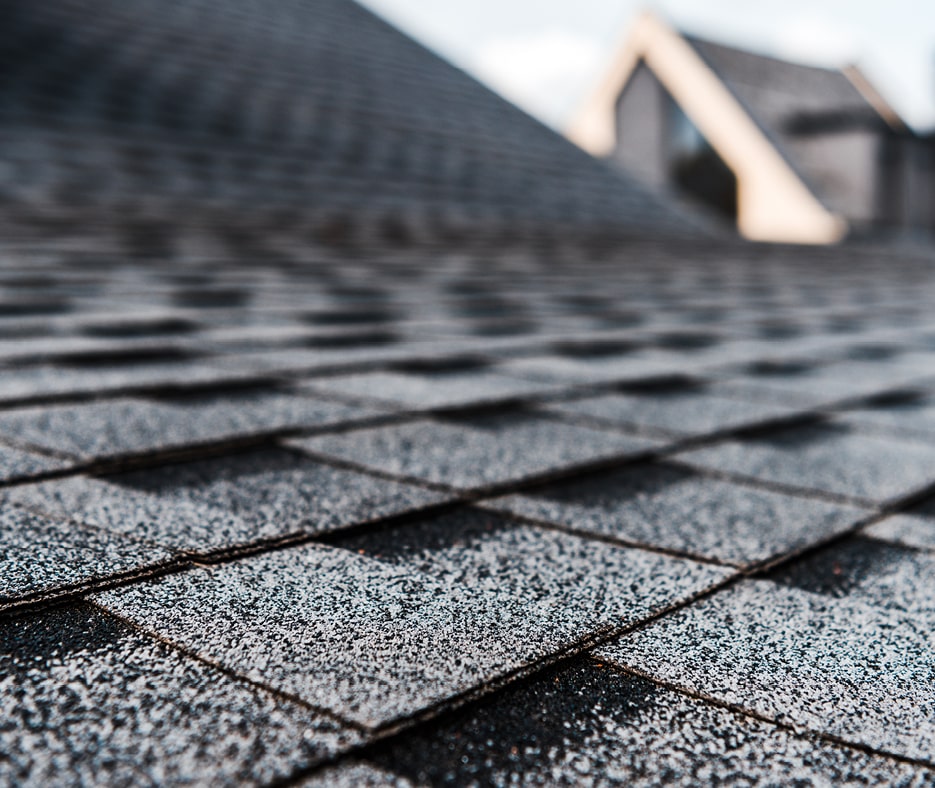A Guide to Roofing History
March 4, 2024 Admin

If the roof over your head is doing what it’s supposed to, chances are you don’t think about it very much. If you do consider your roof, usually it’s because you need emergency roof repair, storm damage roof inspection, have a roof leak, need a roof cleaning, or need a roof replacement.
Steele Roofing, a local roofing company in East Texas, has experience in everything related to roofing, from storm restoration services to common roofing problems to seasonal roof preparation. As an East Texas roofing company and roofing contractor, Steele Roofing understands multiple types of roofing materials.
Have you ever considered the history of roofing and roofing materials?
When it comes to the history of roofing, there are multiple factors that came into play and continue to do so. Roofs are and always have been a combination of style, functionality, and available materials. Local climate also plays a big role in the type of roofing people use. Areas of the world that have historically been more prone to snow and rain have different roofing needs than places that are dry or at least experience significantly more sunshine. Tile or slate roofs help deflect heat and are thus more conducive to warmer climates. But that type of roof is not as useful in a snowy place where the roof also needs to work to deflect snow.
Climate also impacts the roof’s shape. For example, flat roofs aren’t advantageous to homes in places with heavy rain or snow as they aren’t able to divert the precipitation effectively.
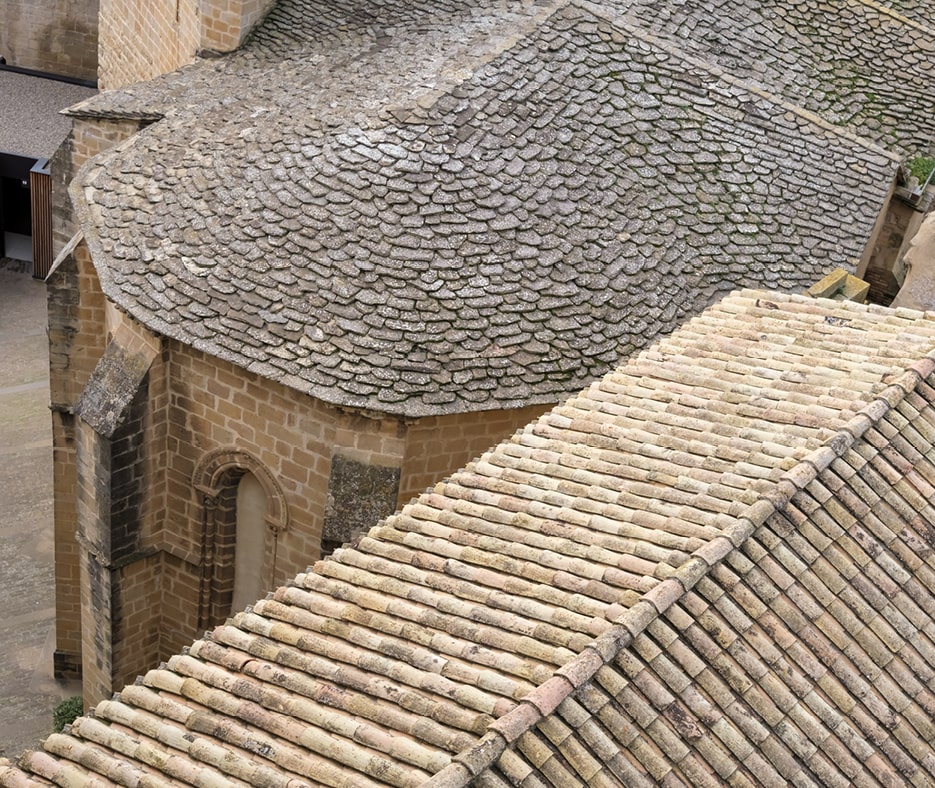
Ancient Roofing Methods
Ancient Greece, Rome, and China heavily influenced changes in the evolution of roofing materials. These cultures brought about a shift toward tile and clay and away from thatch or grass roofs.
Roofing materials also depended and continue to depend on what the homeowner can afford.
Thatch and mud bricks dominated until 1000 A.D., when innovations such as wood shingles and clay tiles began to make more widespread appearances.
Utilizing these roofing innovations depended on whether they were affordable, and for many hundreds of years, the more basic roofing materials continued to be used. Thatch, however, was a highly flammable material, and some leaders even went so far as to require the citizens of their towns and cities to switch to less flammable roofing materials to keep the whole community safe.
History of Wood Roofing
From ancient civilizations in Asia to Colonial style homes, wood has always been utilized for roofing. Wooden shingles were a popular material (although also flammable) and are still used today in some areas. This type of roofing depended on the type of wood available in the region. Cedar was a popular medium because of its durability. Over time, fire-resistant materials were added to help create the shingles we see today.
History of Clay Roofing
Clay tiles have been a popular roofing material for thousands of years and continue to be used today. Their earliest uses date back to 10,000 B.C. in China and Western Asia. From there, cultures across the world would discover the durability of clay roof tiles. Clay tile roofing came to the Americas from Europe. Materials were made locally or even brought on ships across the ocean. This type of roof is resistant to fire and insects, which makes it a useful option.
History of Metal Roofing
Metal roofing became popular in the 19th century. There were and continue to be multiple types of metal roofs, including steel, aluminum, tin, lead, or copper. Metal roofs were lightweight and gained in popularity in the 1800s and beyond. They also lend their popularity to being fireproof!
Metal roofing wouldn’t have been possible without the advent of the Industrial Revolution in the 18th century. Corrugated iron roofs and asphalt shingles began to grow in affordability and popularity as they could be more widely mass-produced as technology continued to advance.
In today’s world, many people are interested in more sustainable roofing options such as “green” roofs. Sustainable roofs can come in a wide range of options—everything from a literal green roof with grass growing to using more sustainable roofing materials.
History of Asphalt Shingles
Today, one of the most affordable and popular roofing materials is asphalt shingles, which were invented in 1903. They are easy to put in place, there are many options for style and color to choose from, and they last a long time—up to 30 years. They’re also useful in a wide range of climates—from cold weather places to the southern states. Asphalt shingles are made up of a mix of asphalt, fiberglass, and mineral granules.
While we might not think about our roofs very often, there’s a whole history and reasoning behind the materials that protect your home, possessions, and family. We usually don’t consider our roofs unless there’s a problem or emergency, but there’s a lot of perspective in knowing how your roof came to exist.
Now that you’re thinking about your roof—when was the last time you had your roof inspected by a professional roofer? Contact a local East Texas roofer today and schedule an inspection so you have the peace of mind that your roof—whatever the material—is in top working condition.

